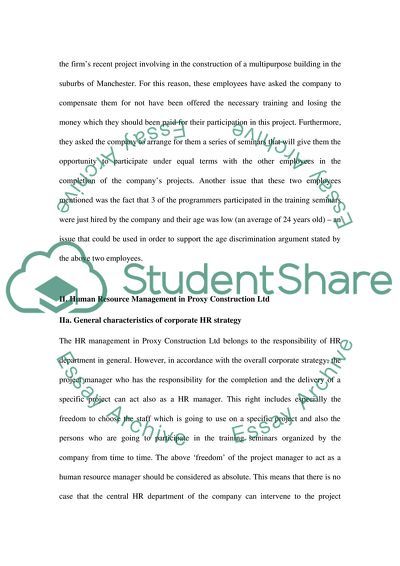Cite this document
(Age Discrimination in Proxy Construction Ltd Case Study, n.d.)
Age Discrimination in Proxy Construction Ltd Case Study. https://studentshare.org/human-resources/1705567-age-discrimination-in-a-project-management-situation
Age Discrimination in Proxy Construction Ltd Case Study. https://studentshare.org/human-resources/1705567-age-discrimination-in-a-project-management-situation
(Age Discrimination in Proxy Construction Ltd Case Study)
Age Discrimination in Proxy Construction Ltd Case Study. https://studentshare.org/human-resources/1705567-age-discrimination-in-a-project-management-situation.
Age Discrimination in Proxy Construction Ltd Case Study. https://studentshare.org/human-resources/1705567-age-discrimination-in-a-project-management-situation.
“Age Discrimination in Proxy Construction Ltd Case Study”. https://studentshare.org/human-resources/1705567-age-discrimination-in-a-project-management-situation.


